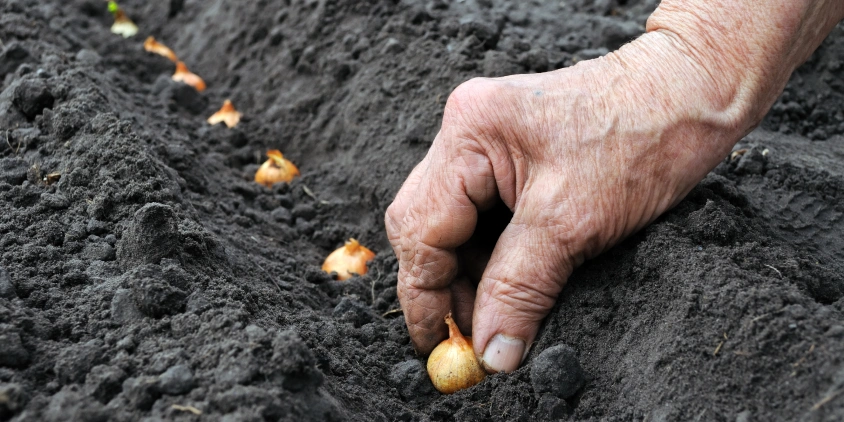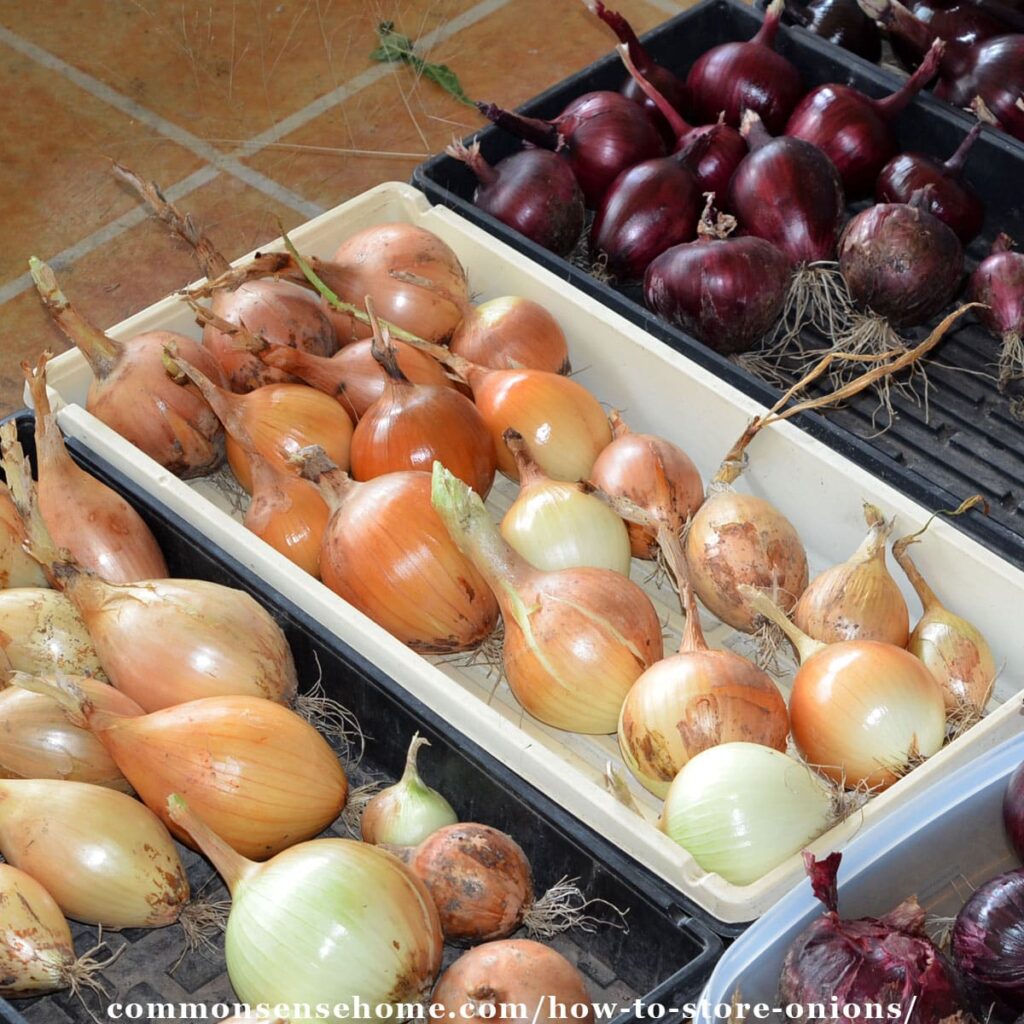I’ve found that growing onions is both rewarding and surprisingly simple. This guide will walk you through the process, from selecting the right varieties to harvesting your bounty. Let’s dive in and unlock the secrets to successful onion cultivation!
Choosing the Right Onion Varieties
Selecting the appropriate onion variety is crucial for a bountiful harvest. Consider your climate and day length when making your choice:
- Short-day onions: Ideal for southern regions, these onions form bulbs when daylight lasts 10-12 hours.
- Long-day onions: Perfect for northern areas, they require 14-16 hours of daylight to form bulbs.
- Intermediate-day onions: Suitable for most regions, these versatile onions need 12-14 hours of daylight.
Popular varieties include:
- Yellow onions: Sweet Spanish, Walla Walla
- Red onions: Red Burgundy, Red Creole
- White onions: White Sweet Spanish, Southport White Globe

Preparing the Soil
Onions thrive in well-draining, nutrient-rich soil. Here’s how to prepare your garden bed:
- Choose a sunny location with at least 6 hours of direct sunlight daily.
- Test your soil pH – aim for a slightly acidic to neutral range (6.0-7.0).
- Amend the soil with organic matter like compost or well-rotted manure.
- Work the soil to a depth of 12-15 inches, removing rocks and debris.
Planting Onions
You can grow onions from seeds, sets, or transplants. Each method has its advantages:
- Seeds:
- Start indoors 8-10 weeks before the last frost date.
- Sow seeds ¼ inch deep in trays filled with seed-starting mix.
- Maintain soil temperature at 70-75°F (21-24°C) for optimal germination.
- Sets:
- Plant small bulbs directly in the garden 2-4 weeks before the last frost.
- Space sets 4-6 inches apart in rows 12-18 inches apart.
- Push bulbs into the soil, leaving only the top visible.
- Transplants:
- Plant seedlings outdoors 2-3 weeks before the last frost date.
- Space plants 4-6 inches apart in rows 12-18 inches apart.
- Gently firm the soil around each plant.

Caring for Your Onion Plants
Proper care ensures healthy growth and abundant harvests:
- Watering:
- Keep soil consistently moist but not waterlogged.
- Water deeply once a week, providing 1 inch of water.
- Reduce watering as bulbs mature to prevent rotting.
- Fertilizing:
- Apply a balanced fertilizer (10-10-10) when plants reach 6 inches tall.
- Side-dress with nitrogen-rich fertilizer every 3-4 weeks.
- Stop fertilizing when bulbs begin to swell.
- Weeding:
- Remove weeds regularly to reduce competition for nutrients.
- Use mulch to suppress weed growth and retain moisture.
- Pest and Disease Management:
- Monitor for common pests like onion maggots and thrips.
- Practice crop rotation to prevent soil-borne diseases.
- Remove and destroy any infected plants promptly.

Harvesting Your Onions
Knowing when and how to harvest ensures the best flavor and storage life:
- Timing:
- Look for yellowing and toppling foliage – a sign of maturity.
- Harvest when 2/3 to 3/4 of the tops have fallen over.
- Technique:
- Gently loosen soil around bulbs with a garden fork.
- Pull onions by hand, taking care not to bruise them.
- Shake off excess soil but don’t wash the bulbs.
- Curing:
- Lay onions in a single layer in a warm, dry, well-ventilated area.
- Allow 2-3 weeks for proper curing.
- Trim tops to 1 inch and roots to ¼ inch after curing.

Storing Your Onion Harvest
Proper storage extends the shelf life of your onions:
- Choose a cool (32-40°F / 0-4°C), dry location with good air circulation.
- Store in mesh bags, braids, or open boxes.
- Check regularly and remove any soft or sprouting onions.

Tips for Success
Here are some expert tips I’ve learned over the years:
- Companion planting: Grow onions near carrots, beets, or lettuce for natural pest control.
- Succession planting: Stagger plantings every 2-3 weeks for a continuous harvest.
- Proper spacing: Ensure adequate space between plants for optimal bulb development.
- Consistent care: Regular attention to watering, fertilizing, and weeding pays off in harvest quality.
Conclusion:
Growing onions is a fulfilling experience that combines science and art. With the right knowledge and care, you’ll soon be enjoying the fruits of your labor. Remember, each garden is unique, so don’t be afraid to experiment and learn from your experiences. Happy planting!
People also ask:
How long does it take to grow onions?
From planting to harvest, onions typically take 90-160 days, depending on the variety and growing conditions.
Can I grow onions in containers?
Yes! Choose a deep container (at least 10 inches) with good drainage. Use a rich potting mix and space plants 3-4 inches apart.
Why are my onion plants not forming bulbs?
This could be due to incorrect day length variety for your region, overcrowding, or excessive nitrogen fertilization.
How can I prevent onions from bolting?
Plant at the right time for your region, avoid temperature fluctuations, and ensure consistent watering and fertilization.
Are onion tops edible?
Absolutely! Young onion tops can be used like scallions in salads, soups, and stir-fries.